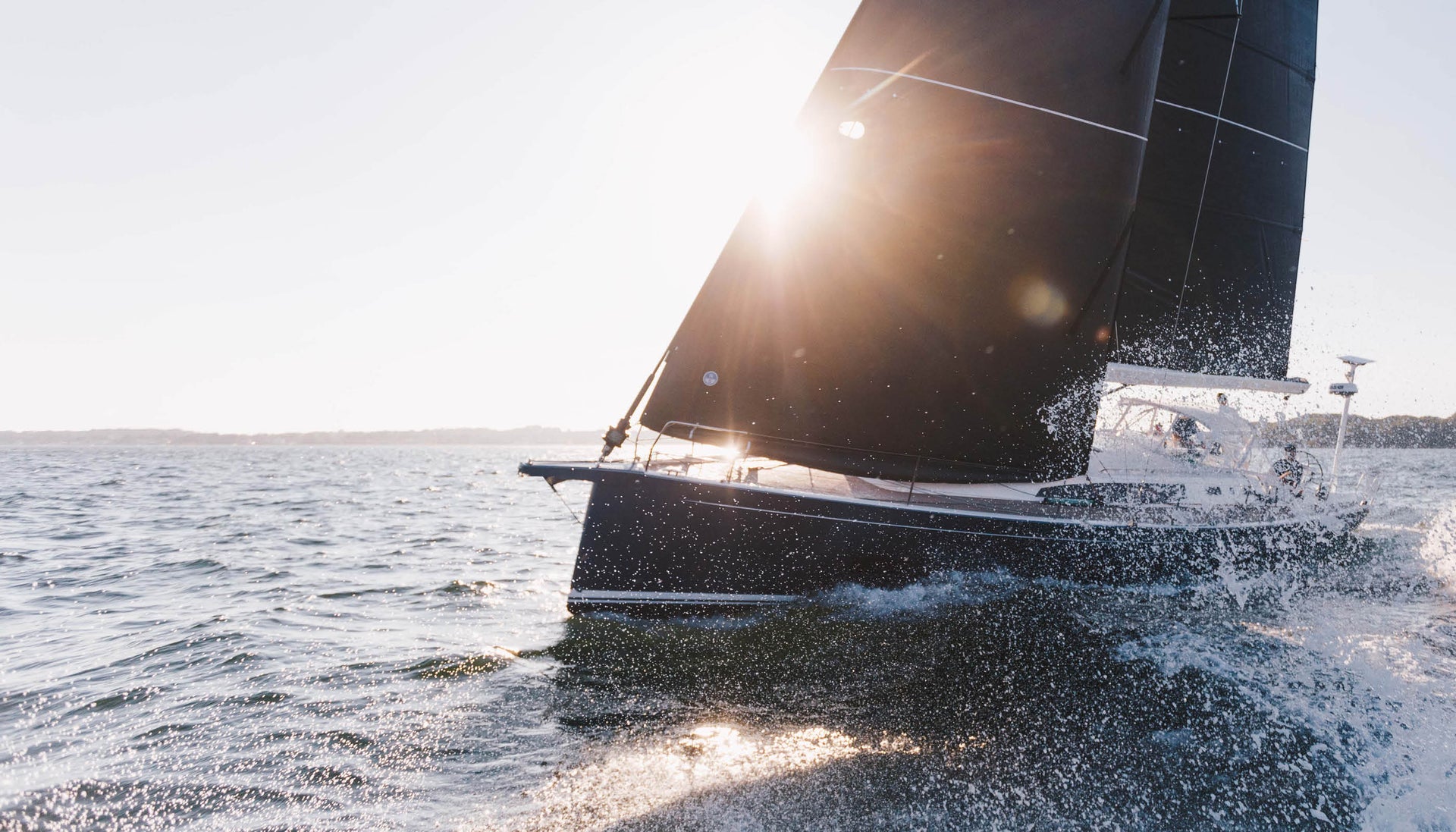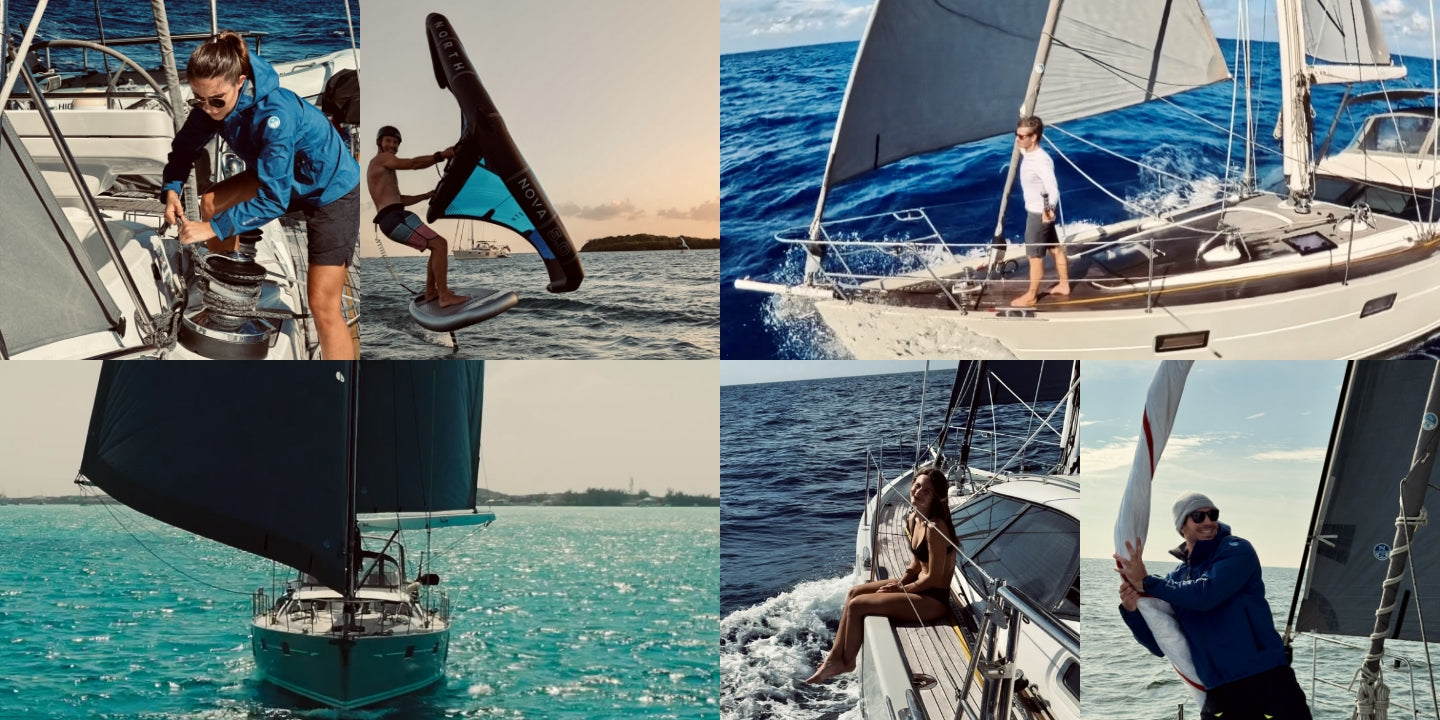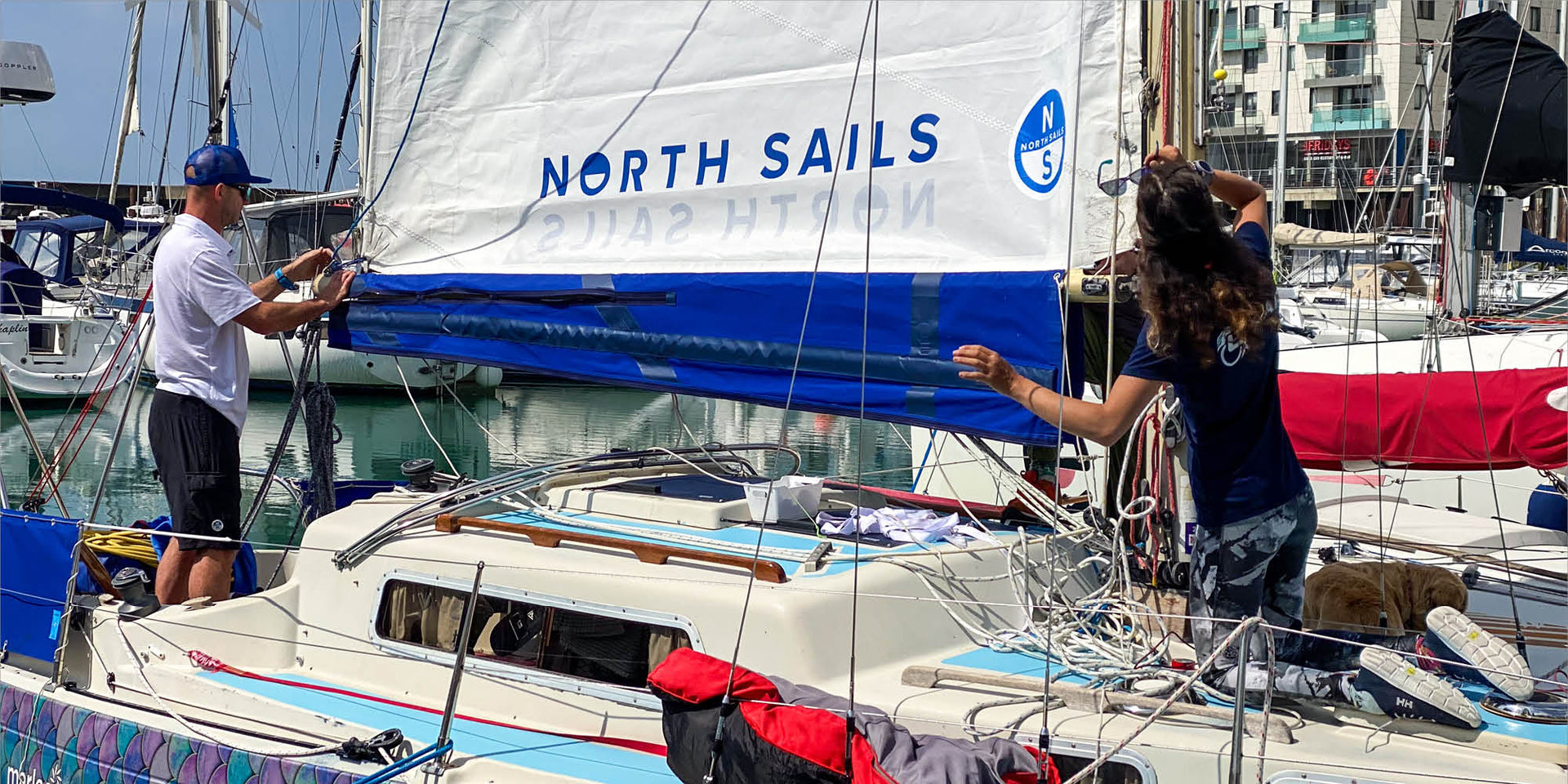5 TIPS FOR CRUISING IN THE CARRIBEAN
5 TIPS FOR CRUISING IN THE CARRIBEAN
North Sails Austin Powers Shares His Best Cruising Tips & Tricks
 Here at North Sails we not only put an emphasis on developing the best racing sails that we possibly can, but we also enjoy the challenge of cruising. Last winter, I had the opportunity to take a 14 day trip cruising around Antigua and Barbuda with some of the coolest friends I have ever met. The crew was all under 30 years old, from 4 different countries aboard a Camper Nicholson 48 ketch named Seamogs. They had sailed from Virginia down to the Caribbean for a winter trip by the time I flew in and met up with them. We ended up doing a lap of Antigua with a brief stop in Barbuda for a couple of days around Christmas.
Here at North Sails we not only put an emphasis on developing the best racing sails that we possibly can, but we also enjoy the challenge of cruising. Last winter, I had the opportunity to take a 14 day trip cruising around Antigua and Barbuda with some of the coolest friends I have ever met. The crew was all under 30 years old, from 4 different countries aboard a Camper Nicholson 48 ketch named Seamogs. They had sailed from Virginia down to the Caribbean for a winter trip by the time I flew in and met up with them. We ended up doing a lap of Antigua with a brief stop in Barbuda for a couple of days around Christmas.
Here are five cruising tips I can share from my recent trip:
1. Reef early and often
In the Caribbean during the winter months the weather is almost always sunny and windy. However, there can be short squalls that come through very quickly which can ruin anyone’s day. Remember when you are cruising, you are not in a rush “in theory”. Putting a reef in early is always going to be better than having to put one in during the middle of a squall. Worst case, the squall misses you and you shake the reef back out.2. Create a routine
When I arrived on Seamogs, the crew had already done an ocean passage down and was working very smoothly in handling the boat. What is interesting, is that half of the crew had no prior sailing experience before they left Virginia. When I asked them how they had picked up so many skills so fast, they answered they had a routine for everything. When it was time to leave one person was in charge of the anchor, 2 in charge of preparing the sails, 1 in charge of stowing the interior, and the skipper overseeing the whole operation. Now not all of us have the luxury of having a big crew, but even with a crew of two we can assign duties so that nothing gets forgotten when leaving a port or anchorage.3. Establish a balanced helm
Seamogs like most cruising boats spend a lot of time cruising with the autopilot on. When sailing under auto-helm, you want to have the helm balanced so as to not be constantly overloading the autopilot which can lead to damage or failure. This meant I had to change my mindset when trimming the sails from my normal racing set up to a conservative cruising trim. On average, I would say I had the jibs leads further aft, the traveller lower, and the sheet a bit further out than I normally would if I was racing. This allowed “twist” in the sails which took a lot of load both off of the helm and allowed for a flatter ride overall.4. Dive your anchor
In referencing back to lesson one on routines, whenever we anchored we would get settled and then dive down to establish that the anchor was properly set. In my short time there, I watched countless boats start dragging anchor when the squall lines would come through because their anchor was not properly set.5. Take things slow, and have a fluid plan
This was probably the hardest one for me to adjust to personally coming from primarily being a racing sailor. On this crew, there was no schedule on when we would leave or any plans for the day. If the weather changed, we were not afraid to change our destination or timing with it. Being able to slow down and go with the flow is going to be the toughest adjustment for anyone going from a 9-5 job to long-term cruising. Learn more about North Sails cruising inventory lineup
.















